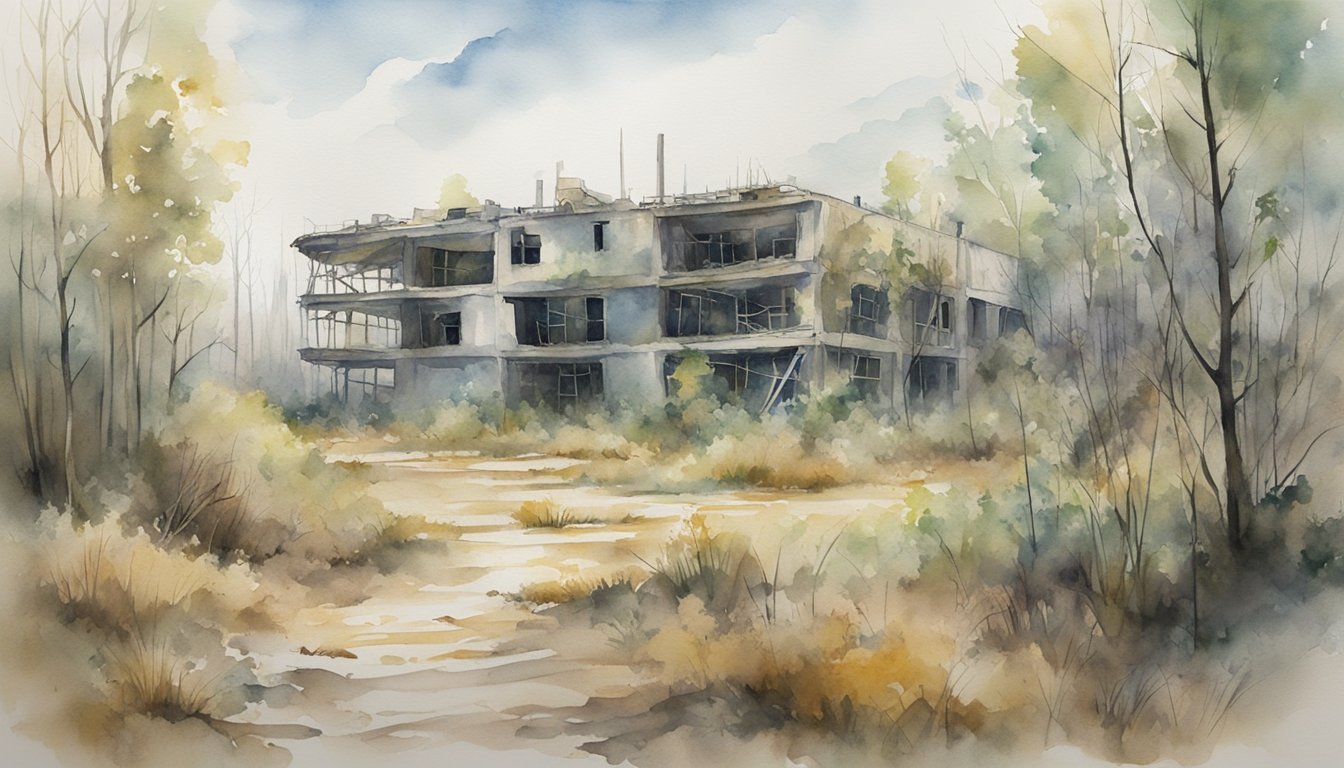Chernobyl Disaster Overview

The Chernobyl disaster marked the worst nuclear disaster in history, with significant immediate and long-term effects on the safety, health, and environment surrounding the Chernobyl nuclear power plant.
Historical Context
The catastrophe occurred at the Chernobyl Nuclear Power Plant, near Pripyat in Ukraine, then part of the Soviet Union, on April 26, 1986. A sudden surge of power during a reactor systems test resulted in an explosion and fire that destroyed Reactor 4. Considered the worst nuclear disaster, the incident released large quantities of radioactive particles into the atmosphere, which spread over an extensive geographical area, notably affecting the Soviet Union and Europe.
Immediate Aftermath
Following the initial blast, emergency responders rushed to extinguish the fires, unaware of the invisible radiation threat. The surrounding area, including the city of Pripyat, was evacuated days after the explosion due to the dangerous levels of radiation. Reports indicate that between 2 and 50 people were killed in the initial explosions, with many more affected by radiation sickness. Radioactive material was released into the atmosphere, contributing to international alarm and long-term health impacts.
Safety Measures and Response
The Soviet government’s response to the disaster included the establishment of an exclusion zone, a 30 km radius around the plant where the public is restricted from living. The United Nations and various other international bodies assisted in the aftermath, focusing on the welfare of the affected people and the safety measures needed for the decommissioning of the reactors. Comparisons of the Chernobyl disaster with the Fukushima nuclear disaster have highlighted the importance of reactor design in preventing such events. The Chernobyl disaster led to significant changes in both emergency response and safety protocols within the nuclear power industry.
Survivors and Health Effects
The health impacts on survivors of the Chernobyl disaster are profound and long-lasting, with studies documenting a range of medical and psychological issues. The following subsections explore the various aspects of these health effects.
Health and Medical Studies
Numerous studies have focused on the health consequences that followed the Chernobyl nuclear accident. Particularly, a rise in thyroid cancer rates among children who were exposed to the radiation has been well documented. Additionally, while a small increase in the risk of other cancers is expected, identifying such increases has proven challenging due to the low to moderate doses received by the majority of survivors.
Personal Accounts and Experiences
Survivors of the Chernobyl disaster often recount their experiences and memories in harrowing detail. Their stories reveal the immediate chaos of the evacuation, as well as the long-term effects of living in the shadow of a nuclear disaster. These first-hand accounts add a deeply personal dimension to our understanding of the nuclear accident’s impact.
Long-Term Psychological Effects
The Chernobyl nuclear power plant accident’s psychological impact stretches far beyond the immediate aftermath. Researchers have observed significant psychological distress and trauma among survivors, including higher rates of depression and anxiety. These long-term mental health struggles highlight the profound effect that such a catastrophe can have on individuals.
Support and Rehabilitation Efforts
Efforts to support and rehabilitate Chernobyl survivors have been ongoing. From monitoring radiation levels with dosimeters to healthcare initiatives aimed at treating chronic illnesses and cancer, many organizations and governments have been involved in trying to alleviate the hardships faced by survivors. Moreover, the role of liquidators, who were charged with the daunting task of managing the immediate fallout, has been recognized, and they too have received medical and psychological support.

